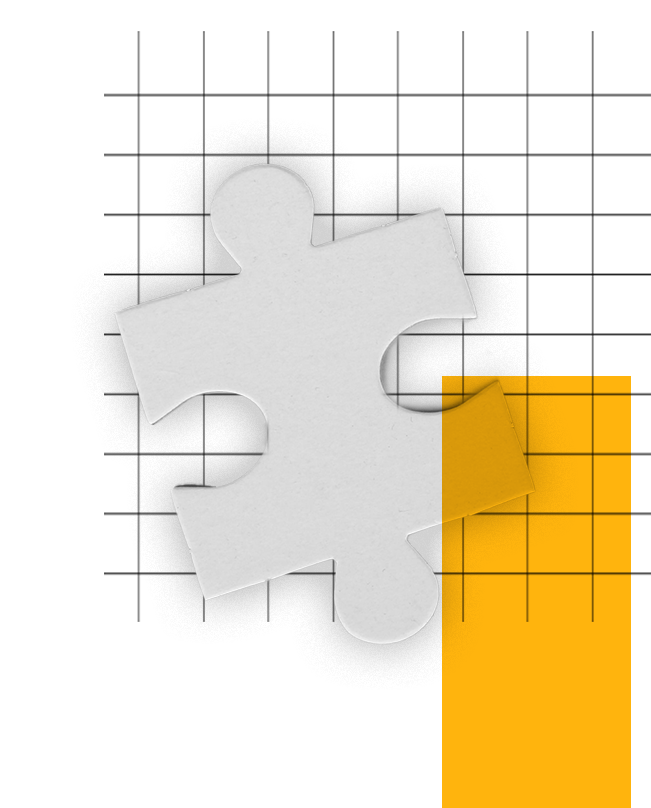In 2018, HubSpot officially retired the funnel, moving forward with a new, unique model for marketing success - the flywheel. The change was surprising, and confusing to some, but it’s proven in the years since to be a sustainable, capable model of implementing a successful inbound marketing strategy.
But what actually is the flywheel? A quick Google will let you know that a flywheel is a device that’s powered by momentum - whatever energy you apply to it will be stored in the form of kinetic energy, powering the device until more energy is applied. In marketing terms, it’s a symbol of how your customers impact your business growth - something that is missing in the traditional funnel model. Feeling lost? Don’t worry - we’re going to go into the nitty gritty right now.
Why did the flywheel take over from the Funnel?
The marketing funnel has long been hailed as the way to show how strangers turn into leads, and leads to customers. However, it doesn’t take into account the effect that customers have on your business. Traditionally, leads are attracted by content at the top of the funnel, convert in the middle, and then ultimately purchase at the bottom of the funnel. But once this journey is complete and you have a new customer, they lose momentum, and the attention is focused once more on those still in the funnel.
The flywheel combats this by introducing the idea that your customers, once they exit the funnel, continue to drive new business to your company. It’s not enough to just pay attention to your sales and marketing processes - customer service is now a vital part of any successful inbound strategy. Happy customers become advocates for your business - they shout about it on social media, talk about you to their friends, and even recommend your services to others in the industry. This closes the gap, and creates momentum. Happy customers lead to new prospects, these lead to happy customers, and so on.
How does the Flywheel help businesses?
Using the flywheel means that businesses have to take a customer-first approach, understanding what their customers need and prioritising great service in order to bolster their marketing and sales efforts.
The flywheel approach allows you to start thinking about your customers right from the beginning. By utilising the data you create through interactions with your customers, you’ll be able to develop a more rounded marketing strategy that will benefit and improve your sales. The data you use will not only influence your strategies, but will also help you offer your customers things that will continue to delight them.
The stages of the flywheel are attract, engage and delight. For years, the “attract” and “engage” aspects of sales and marketing have been the most important, but it’s now time to consider the impact that delighting your customers has on your bottom line. If you’re working to attract new leads, engage with them, and then consistently working to delight your customers with incredible service and a constantly improving approach, then ultimately these happier buyers will help to attract further leads.
How to implement the Flywheel for a more innovative approach to your marketing
In a world gone digital that’s growing by the second, it’s vital that businesses keep up with the shifting marketing landscape. The funnel is indeed dead, and businesses need to be embracing the flywheel as soon as possible if they don’t want to be left behind.
While the change from the funnel to the flywheel seems like a daunting task - after all, it’s changing every aspect of your marketing and sales processes - it will actually benefit you in the long-run. By focusing on your customers, you’ll reap the rewards from their loyalty and advocacy to your brand, and this will ensure your business grows as a result.






.png?width=115&height=183&name=sade%201%20(1).png)